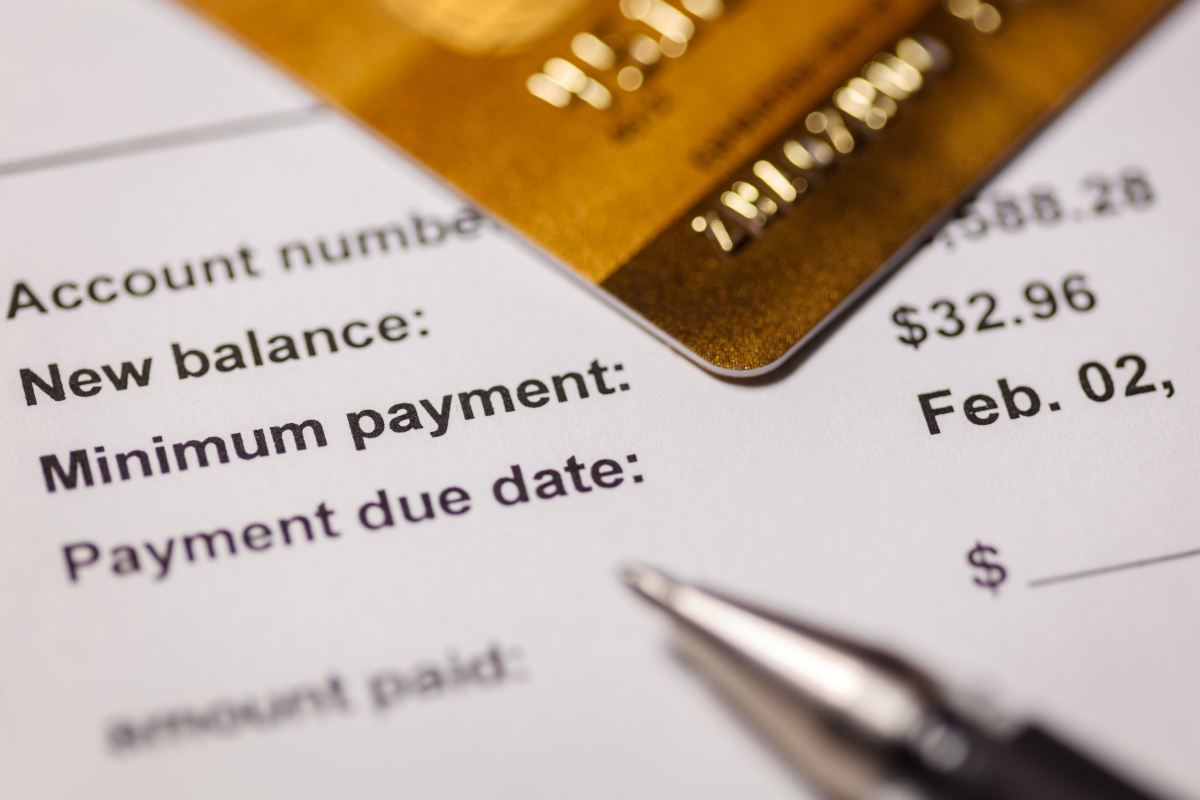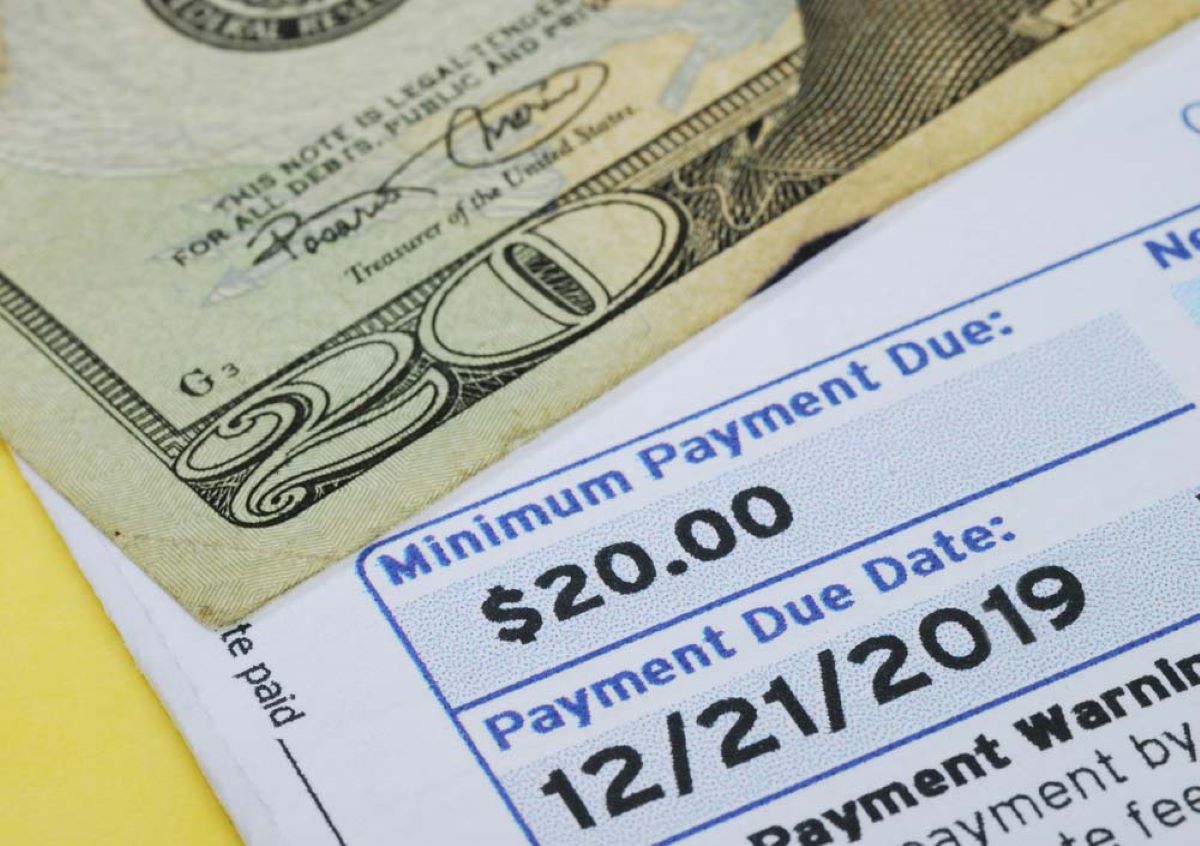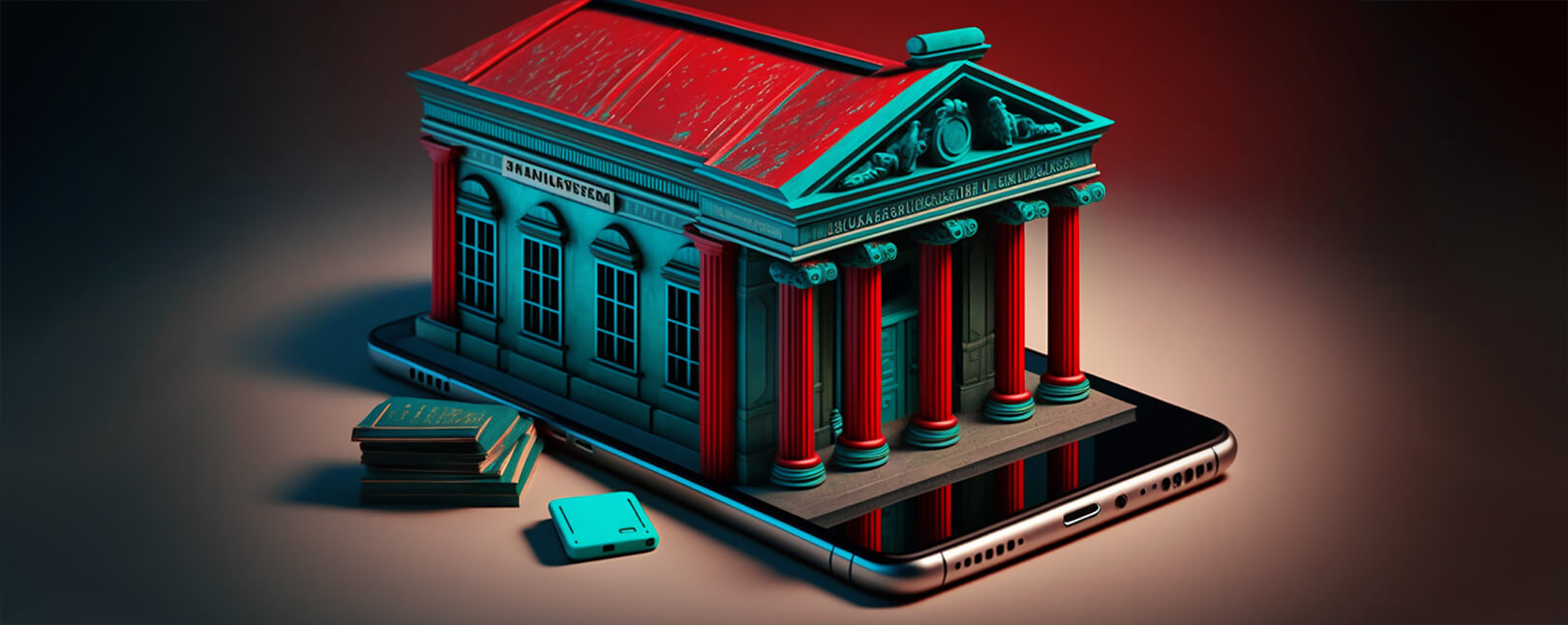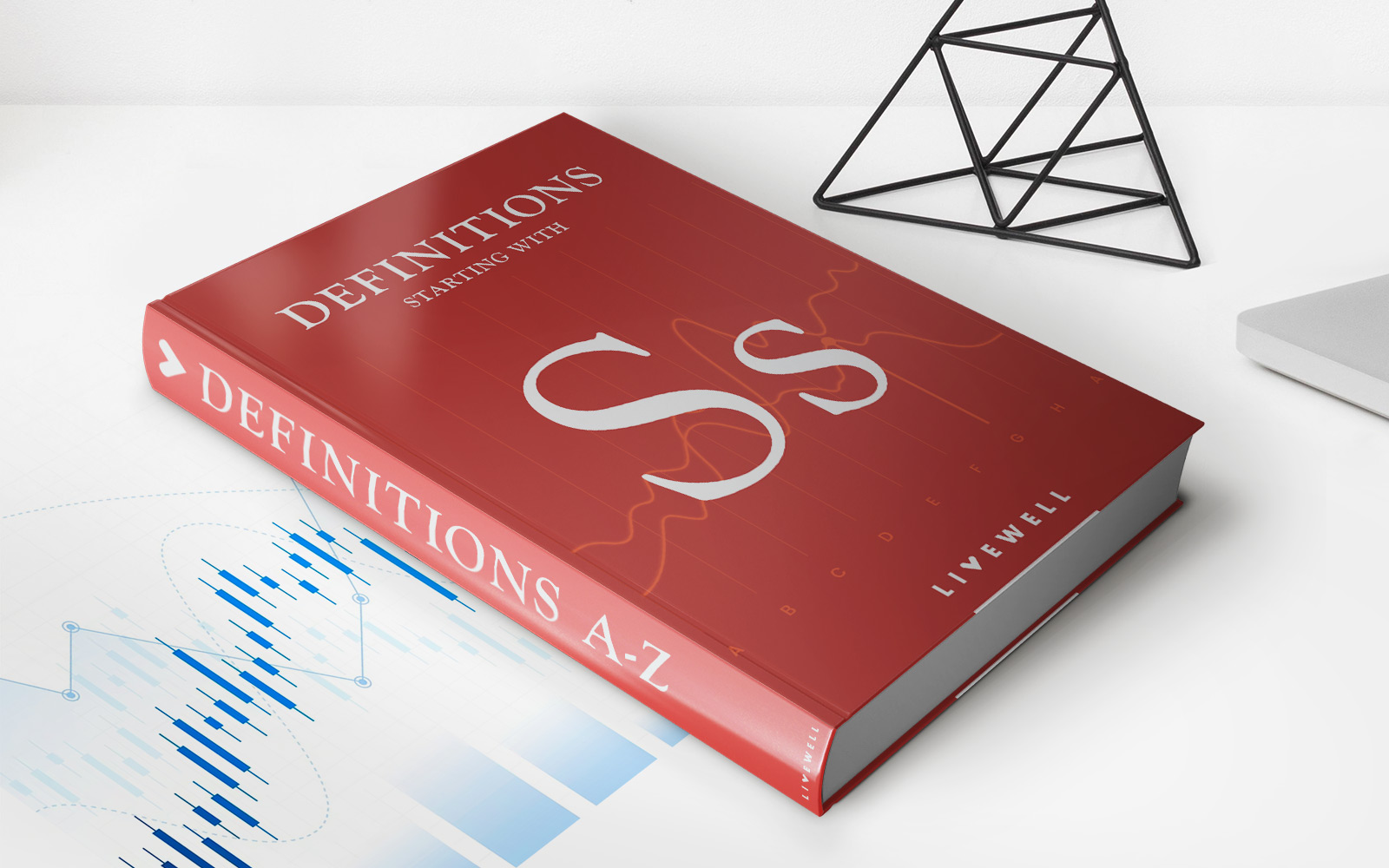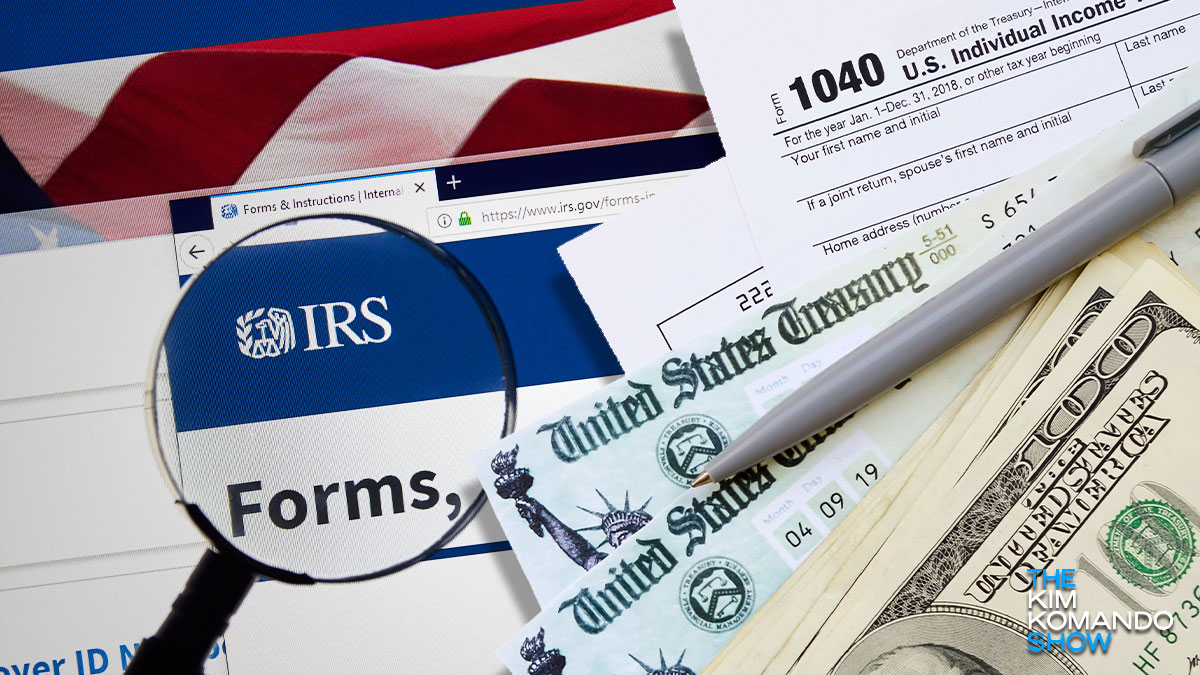Home>Finance>If I Make The Minimum Payment On My Credit Card, How Long Will It Take To Pay It Off


Finance
If I Make The Minimum Payment On My Credit Card, How Long Will It Take To Pay It Off
Published: February 25, 2024
Learn how to calculate the time it takes to pay off your credit card by making minimum payments. Get expert advice on personal finance.
(Many of the links in this article redirect to a specific reviewed product. Your purchase of these products through affiliate links helps to generate commission for LiveWell, at no extra cost. Learn more)
Table of Contents
Introduction
Welcome to the world of credit cards, where the convenience of making purchases is often accompanied by the temptation to overspend. Many credit cardholders find themselves facing the daunting task of paying off their balances, especially when they’ve been making only the minimum payments each month. If you’re in this situation, you’re not alone. It’s essential to understand the implications of sticking to the minimum payment and how it can affect your financial well-being in the long run.
When you make only the minimum payment on your credit card, it may seem like a manageable way to handle your debt. However, it’s crucial to recognize that this approach can lead to a prolonged and costly repayment process. By delving into the details of minimum payments, interest rates, and effective debt repayment strategies, you can gain a clearer perspective on managing your credit card debt responsibly.
In this article, we’ll explore the impact of making minimum payments on credit card balances, the role of interest rates in debt accumulation, and the potential long-term costs of sticking to the minimum. Additionally, we’ll discuss actionable strategies for paying off credit card debt efficiently, empowering you to take control of your financial situation and work towards a debt-free future.
Understanding Minimum Payments
When you receive your credit card statement, you’ll notice a minimum payment amount specified, typically calculated as a small percentage of your total balance, often around 1%-3%, or a predetermined minimum dollar amount, such as $25. While making this minimum payment by the due date helps you avoid late fees and keeps your account in good standing, it’s essential to recognize that it’s not a sustainable approach to reducing your debt.
By only paying the minimum amount due each month, you’re essentially prolonging the repayment period and accruing substantial interest charges. This can lead to a cycle of debt that becomes increasingly challenging to break free from. Credit card companies often structure minimum payments to maximize their profits, as the longer you take to pay off your balance, the more interest they can collect.
Understanding the impact of minimum payments involves recognizing that they primarily go towards covering interest charges, with only a small portion contributing to reducing the principal balance. As a result, the overall debt decreases at a sluggish pace, making it difficult to achieve substantial progress in paying off the credit card balance.
It’s crucial to approach minimum payments as a temporary measure rather than a long-term strategy for managing credit card debt. By delving deeper into the dynamics of minimum payments and their implications, you can develop a more informed and proactive approach to addressing your financial obligations.
Impact of Interest Rates
Interest rates play a pivotal role in shaping the cost of carrying credit card debt. When you make only the minimum payment on your credit card, the outstanding balance continues to accrue interest, compounding the overall debt. Credit card interest rates are typically higher than those of other forms of consumer debt, making them particularly burdensome for cardholders who carry balances from month to month.
It’s essential to recognize the compounding effect of interest on credit card balances. As interest accumulates on the principal amount, it is added to the outstanding balance, leading to a cycle of increasing debt. This can significantly extend the time required to pay off the debt and result in substantially higher total interest payments over the long term.
For example, if you have a credit card balance of $5,000 with an annual interest rate of 18% and you make only the minimum monthly payments, you could end up paying thousands of dollars in interest over an extended period. Understanding the impact of interest rates underscores the importance of taking proactive steps to reduce credit card debt and minimize the financial burden imposed by high-interest charges.
By gaining a deeper understanding of how interest rates affect credit card balances, you can make more informed decisions about managing your debt. This knowledge can empower you to explore effective strategies for mitigating the impact of interest and working towards a debt-free financial future.
The Cost of Making Only Minimum Payments
When you consistently make only the minimum payment on your credit card, you may inadvertently subject yourself to a significant financial burden. While it may provide temporary relief by meeting the basic requirement, this approach can lead to long-term consequences that far outweigh the initial benefits.
The cost of making only minimum payments becomes evident when you consider the extended timeline for debt repayment and the substantial amount of interest accrued over that period. By maintaining a high balance and making minimal progress in reducing it, you effectively prolong the debt cycle, resulting in a continuous stream of interest payments.
Furthermore, the total cost of the debt significantly exceeds the initial amount charged to the credit card due to the compounding effect of interest. This means that a purchase made with a credit card can end up costing significantly more when only minimum payments are made, amplifying the financial strain on the cardholder.
For instance, a $2,000 balance with an 18% annual interest rate, making only the minimum payments, could take over a decade to pay off, with the total repayment amount far exceeding the original purchase. This illustrates the substantial financial impact of perpetuating credit card debt through minimum payments and the associated interest charges.
Understanding the true cost of making only minimum payments is crucial for individuals seeking to manage their credit card debt effectively. By acknowledging the long-term financial implications and recognizing the potential for escalating costs, cardholders can take proactive steps to address their debt and minimize the burden of interest charges.
Strategies for Paying Off Credit Card Debt
While the prospect of paying off credit card debt may seem daunting, implementing effective strategies can help you regain control of your financial situation and work towards becoming debt-free. By taking proactive steps to address your credit card balances, you can mitigate the impact of interest charges and accelerate the repayment process. Consider the following strategies to tackle your credit card debt:
- Pay More Than the Minimum: To expedite the reduction of your credit card balance, strive to pay more than the minimum amount due each month. By allocating additional funds towards your credit card payments, you can make tangible progress in reducing the principal balance and minimizing the accumulation of interest.
- Consolidate Debt with a Balance Transfer: Explore the option of consolidating high-interest credit card balances onto a single card with a lower interest rate through a balance transfer. This can streamline your debt repayment efforts and potentially reduce the overall interest expenses.
- Create a Repayment Plan: Develop a structured repayment plan outlining how you intend to allocate funds towards paying off your credit card debt. By setting specific goals and timelines, you can track your progress and maintain a disciplined approach to debt reduction.
- Explore Debt Consolidation Loans: Investigate the possibility of obtaining a debt consolidation loan to combine multiple high-interest debts into a single, more manageable payment. This can simplify your repayment process and potentially lower your overall interest costs.
- Seek Professional Guidance: Consider consulting with a financial advisor or credit counselor to gain insights into effective debt management strategies. These professionals can provide personalized guidance and support to help you navigate the path towards financial freedom.
By implementing these strategies and actively engaging with your credit card debt, you can make significant strides towards achieving a debt-free future. It’s essential to approach debt repayment with determination and a clear plan of action, empowering you to overcome the challenges posed by credit card balances and interest charges.
Conclusion
Managing credit card debt requires a proactive and informed approach to mitigate the impact of high-interest charges and work towards achieving financial stability. By understanding the implications of making only minimum payments, cardholders can gain valuable insights into the long-term costs of carrying credit card balances and the importance of adopting effective debt repayment strategies.
It’s essential to recognize that while minimum payments offer short-term relief, they can lead to prolonged debt cycles and substantial interest expenses. By embracing proactive measures such as paying more than the minimum, exploring consolidation options, and creating structured repayment plans, individuals can take control of their credit card debt and make meaningful progress towards becoming debt-free.
Furthermore, gaining a deeper understanding of the compounding effect of interest rates on credit card balances empowers individuals to make informed financial decisions and pursue strategies that minimize the burden of interest charges. By leveraging these insights, cardholders can navigate the path towards debt reduction with confidence and determination.
Ultimately, addressing credit card debt requires a combination of discipline, strategic planning, and a commitment to financial well-being. By implementing effective debt repayment strategies and seeking professional guidance when needed, individuals can pave the way for a future free from the constraints of credit card debt and the associated financial strain.
Through proactive financial management and a proactive approach to debt reduction, individuals can take meaningful steps towards achieving long-term financial security and embracing a life free from the burdens of credit card debt.


